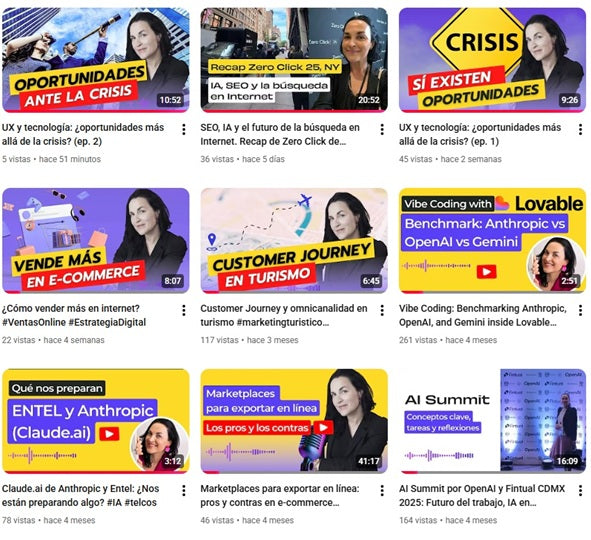Usability and UX in times of "skinny cows"
In difficult times, the "skinny cows" or economic instability, companies tend to reduce their spending, drastically cutting projects and even some of the staff. It is there where digital channels, especially the web, come to be at the center of the profitability strategy, since senior management understands their potential and the relevance of migrating transactions from traditional channels (branches, call centers or field sellers) to digital channels (website / mobile, Facebook, Twitter, etc.).
Although cost should not be THE argument for having a strategy and developing an online presence, on certain occasions it is a good engine to direct actions towards digital.
Now, thinking about improving the results of a website, optimization tactics can be grouped into those that allow:
- increase traffic, is that is, make more users reach the web,
- improve conversion or make the business objectives are met, that is, sell, attract leads (potential customers), generate transactions, downloads, records, etc.
How to improve conversion in difficult times
When it comes to improving conversion, the role of an easy-to-use interface that ensures a good user experience (UX) is essential. In difficult times, the budget devoted to study and research tends to be cut and, many times, it is preferred to keep "the operation". Now, why shouldn't it be like this?:
- In general, it is more agile to optimize than redesign and implement from scratch, going through a bidding process that is itself long. The exception could be represented by a website built on a very obsolete platform whose maintenance is expensive, time consuming, not optimized for mobile devices and limited from the point of view of user experience. In this case, it is preferable to redesign instead of making continuous improvement.
- When you want to make a development budget profitable, there is no time to go back, so it must be built from the beginning, focusing the design and functionalities on the user. Otherwise, by not considering the user and not testing at an early stage, it will generate higher additional costs since finally we can find a development that is technically well done but that nobody understands or uses.
- Enhance online transactionality: to lower the costs of attention in traditional contact channels (branches, call center), it is necessary to have a reliable online platform that helps the user / client to solve your needs without having to go to a support channel. Usability as a quality attribute of a system makes it possible to ensure that the user can self-attend easily and intuitively.
- In internal software development and backoffice applications, the return on investment (ROI) of every dollar associated with usability and user experience is relevant. Building software with the user in mind and making usability testing a recurring activity will generate lower training expenses and faster technology adoption rates. In other words, the executive who has to serve clients through this software will do so intuitively, considering the platform as a work tool and not as a necessary evil with which he must fight daily. In this study from Nielsen Norman Group you can read about usability in intranet systems and the impact on metrics.
Making usability and testing with users a continuous process is more a matter of discipline and rigor than of budget. Dedicating 10% * of the total development budget to usability and UX is to ensure that the fundamentals of a project are well established.
(*) 10% is the minimum recommended by relevant stakeholders such as Human Factors International (HFI) or Nielsen Norman Group.



Leave a comment